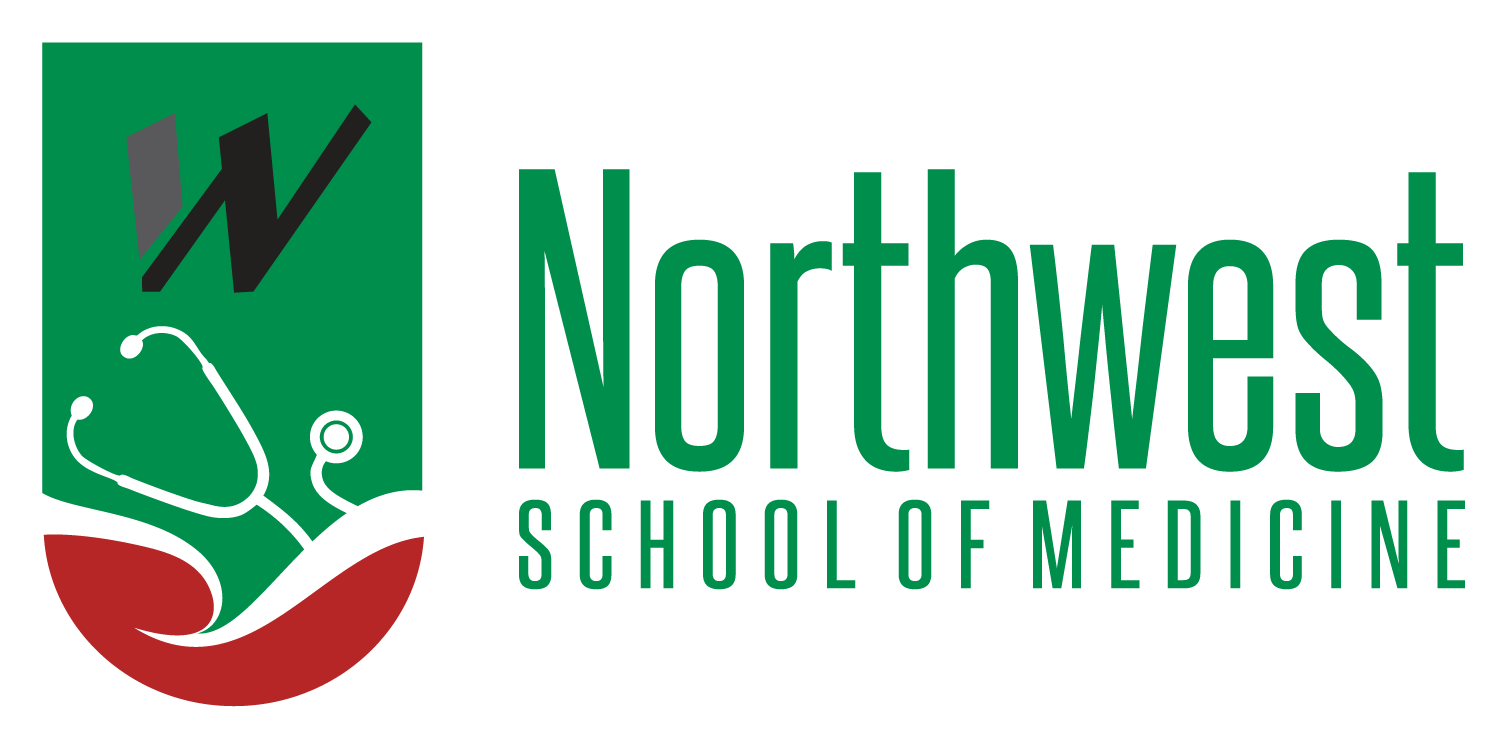Poster Guidelines
Home » Northwest Annual Research Conference » Poster Guidelines
Poster Title Goes Here
Authors Name Goes Here
Address Goes Here
Introduction
The page size of this poster template is:
- 57 inches in height = 145 cm.
- 46 inches in width = 117 cm.
Bear in mind you do not need to fill up the whole space allocated by some conference organisers. Do not make your poster bigger than necessary just to fill that given size.
Aim & Objectives
How to use this poster template…
Simply highlight this text and replace it by typing in your own text, or copy and paste your text from a MS Word document or a PowerPoint slide presentation.
The sub-title text boxes can be moved up or down depending on how big or small your ‘Introduction’, ‘Aim’, ‘Method’, ‘Results’ and ‘Conclusion’ are.
The body text / font size should be between 24 and 32 points. Arial, Helvetica or equivalent.
Keep body text left-aligned, do not justify text.
The colour of the text, title and poster background can be changed to the colour of your choice.
Methods
Tips for making a successful poster…
- Re-write your paper into poster format ie.
Simplify everything, avoid data overkill. - Headings of more than 6 words should be in upper and lower case, not all capitals.
- Never do whole sentences in capitals or underline to stress your point, use bold characters instead.
- When laying out your poster leave breathing space around you text. Don’t overcrowd your poster.
- Try using photographs or coloured graphs. Avoid long numerical tables.
- Spell check and get someone else to proof-read.

Captions to be set in Times or Times New Roman or equivalent, italic, between 18 and 24 points. Left aligned if it refers to a figure on its left. Caption starts right at the top edge of the picture (graph or photo).
Captions to be set in Times or Times New Roman or equivalent, italic, between 18 and 24 points. Left aligned if it refers to a figure on its left. Caption starts right at the top edge of the picture (graph or photo).


Captions to be set in Times or Times New Roman or equivalent, italic, 18 to 24 points, to the length of the column in case a figure takes more than 2/3 of column width.
Results
Importing / inserting files…
Images such as photographs, graphs, diagrams, logos, etc, can be added to the poster.
To insert scanned images into your poster, go through the menus as follows: Insert / Picture / From File… then find the file on your computer, select it, and press OK.
The best type of image files to insert are JPEG or TIFF, JPEG is the preferred format.
Be aware of the image size you are importing. The average colour photo (13 x 18cm at 180dpi) would be about 3Mb (1Mb for B/W greyscale).
Do not use images from the web.
Notes about graphs…
For simple graphs use MS Excel, or do the graph directly in PowerPoint.
Graphs done in a scientific graphing programs (eg. Sigma Plot, Prism, SPSS, Statistica) should be saved as JPEG or TIFF if possible.

Captions to be set in Times or Times New Roman or equivalent, italic, between 18 and 24 points. Left aligned if it refers to a figure on its left. Caption starts right at the top edge of the picture (graph or photo).

Captions to be set in Times or Times New Roman or equivalent, italic, 18 to 24 points, to the length of the column in case a figure takes more than 2/3 of column width.
Conclusion
Not more than 4 key points
Reference
References must follow the Vancouver Style of References.
Maximum of 5 references.
Acknow
ledgments
Just highlight this text and replace with your own text. Replace this with your text.

